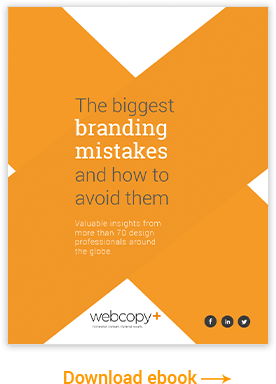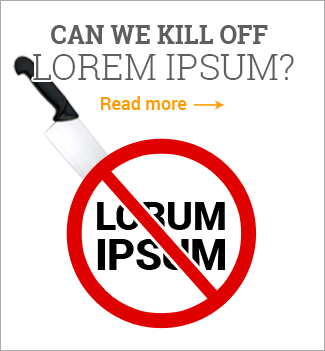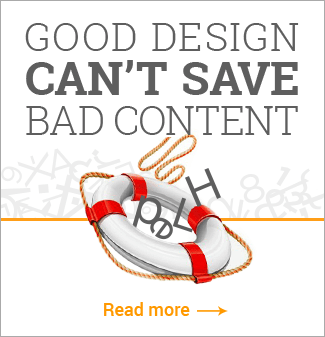When it comes to search engine optimization, web writers should target a few short, broad terms as well as several longer, more specific keyword phrases.
It makes sense when you consider an iProspect report that revealed when an initial search is unsuccessful, 82% of search engine users will re-launch their search using the same search engine, adding more keywords to refine their subsequent search.
Broad keywords can draw great numbers of visitors, however, they can be difficult to attain. To achieve high rankings for general terms in competitive markets, a web writer could require a small army of SEO analysts and programmers.
Longer, more specific search terms are less competitive, which makes it easier to attain higher rankings. Moreover, the detailed search terms — also known as long-tail keywords — often produce more qualified traffic and higher conversion rates.
That’s because searchers who type in more specific terms are deeper into the sales cycle, and are more likely to reach for their wallets.








